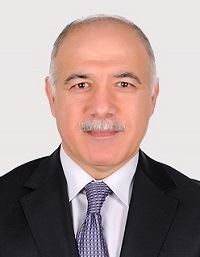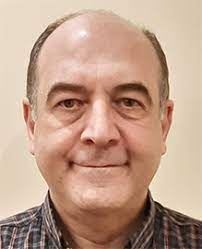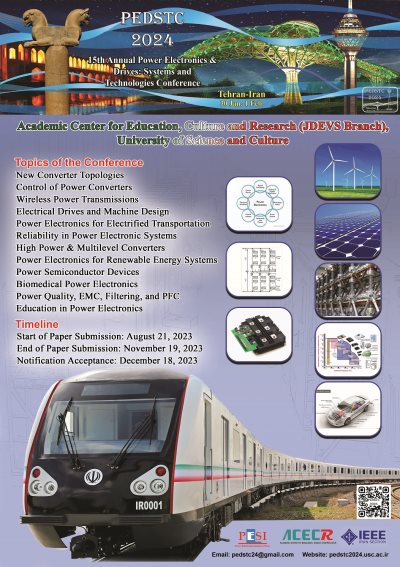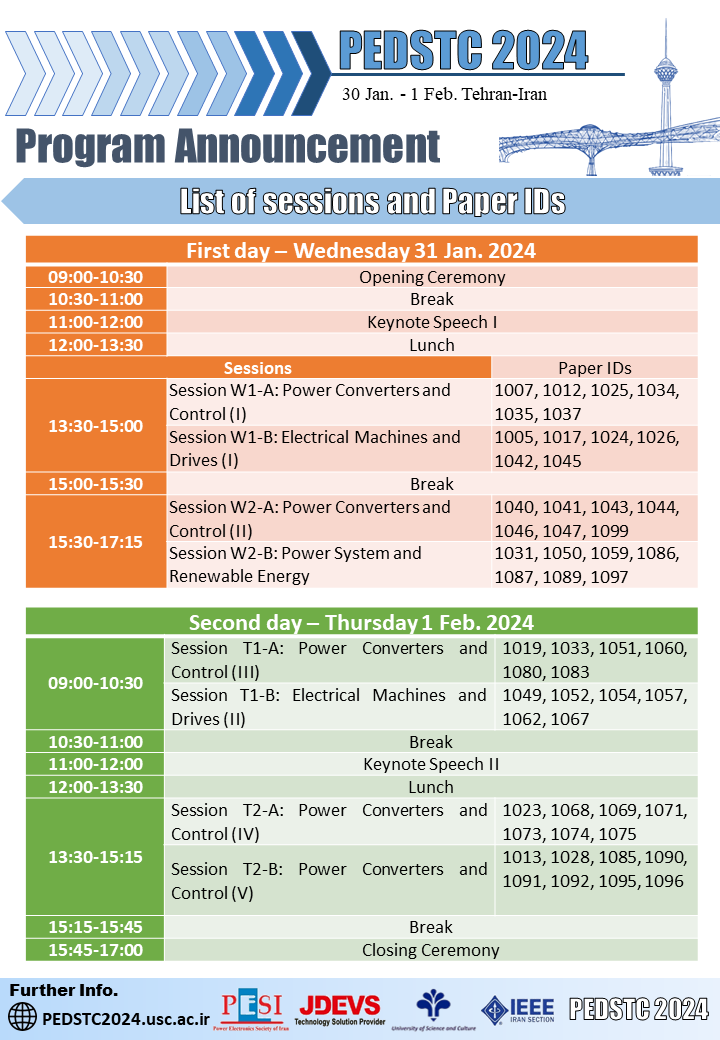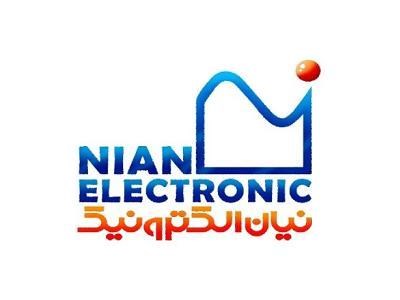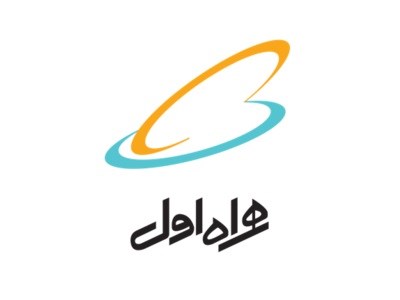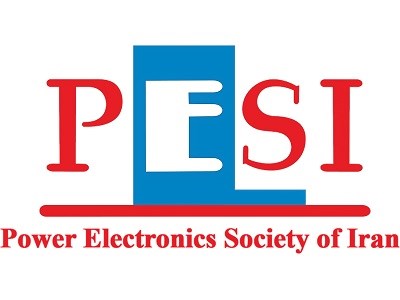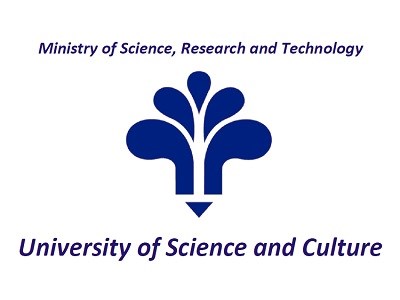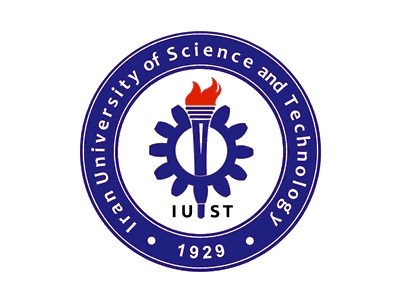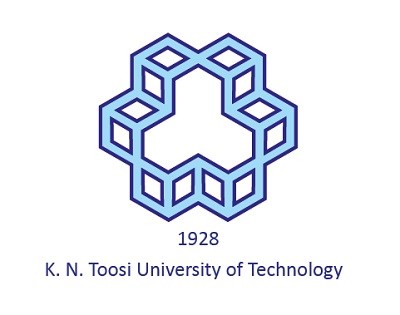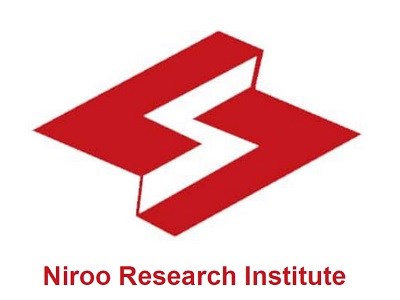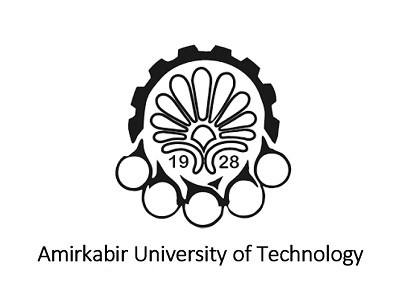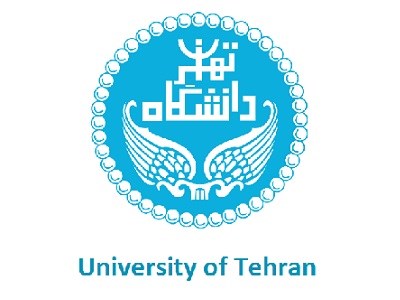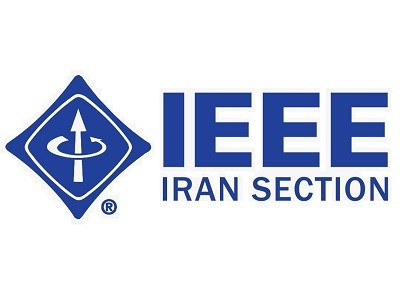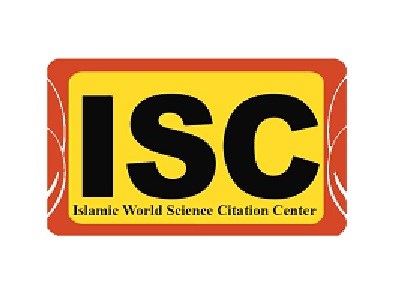
|
Prof. Hasan Komurcugil Senior Member, IEEE Eastern Mediterranean University Hasan.Komurcugil@emu.edu.tr
Title: Sliding Mode Control and Its Applications in Power Converters
Abstract: In the last decades, the sliding mode control (SMC) method has gained popularity in many areas such as robotics, aerial vehicles, power electronics, and electrical drives. This popularity comes from the distinguished features of the SMC which include fast dynamic response, insensitivity to parameter variations and disturbances, order reduction, and implementation simplicity. This presentation is limited to the sliding mode control of various power converters whose structure is subject to variations due to the switches and diodes. This implies that the position of the switches is always changed by the pulse width modulation (PWM) signals. Therefore, the fundamental operating principle of SMC developed for a specific power converter is usually based on altering the dynamics of the power converter by applying a discontinuous control input that forces the error variables to slide along the predetermined surface called the sliding surface. Despite of these attractive features, the SMC method suffers from chattering (i.e.: zigzag movements on the sliding surface) resulting in low control accuracy and losses in the power converters.
Biography: Hasan Komurcugil received a Ph.D. degree in 1998 from the Eastern Mediterranean University, North Cyprus, Turkey, in electrical engineering.
Prof. Mohamed Benbouzid IEEE Fellow University of Brest Mohamed.Benbouzid@univ-brest.fr
Title: Exploring the Future of Tidal Stream Turbine Drivetrains: A Journey into Technology Options
Abstract: Tidal stream energy is one of the promising solutions to lower CO2 emissions. It is sustainable and predictable. Tidal current oscillations are highly predictable, unlike other types of energy. Tidal stream energy is usually harnessed using horizontal-axis tidal turbines, which are analogous to wind turbines. However, the maximum power extracted from a tidal turbine is 61% higher than a wind turbine of the same input power because of the higher density of water over air. Tidal stream turbines are submerged systems so they have to withstand high loading and harsh submerged conditions. Furthermore, many challenges have to be overcome to improve their reliability, and availability, and decrease maintenance costs. In particular, the turbine drivetrain and generator option choices affect the availability as well as the cost of energy. In this challenging context, this keynote will address the critical issue of tidal stream turbine drivetrain options, while proposing trends and discussing potential and promising topology options.
Biography: Mohamed Benbouzid received a Ph.D. degree in electrical and computer engineering from the National Polytechnic Institute of Grenoble, Grenoble, France, in 1994, and the Habilitation à Diriger des Recherches degree from the University of Amiens, Amiens, France, in 2000. After receiving the Ph.D. degree, he joined the University of Amiens, Amiens, France where he was an Associate Professor of electrical and computer engineering. Since September 2004, he has been with the University of Brest, Brest, France, where he is a Full Professor of electrical engineering. Prof. Benbouzid is also a Distinguished Professor and a 1000 Talent Expert at the Shanghai Maritime University, Shanghai, China. His main research interests and experience include analysis, design, and control of electric machines, variable-speed drives for traction, propulsion, and renewable energy applications, and fault diagnosis of electric machines. Prof. Benbouzid has been elevated as an IEEE Fellow for his contributions to the diagnosis and fault-tolerant control of electric machines and drives. He is also a Fellow of the IET. He is the Editor-in-Chief of the INTERNATIONAL JOURNAL ON ENERGY CONVERSION and the APPLIED SCIENCES (MDPI) Section on Electrical, Electronics and Communications Engineering. He is a Deputy Editor for the IET RENEWABLE POWER GENERATION.
|
Prof. Gevork B. Gharehpetian
SMIEEE
Amirkabir University of Technology
Electrical Engineering Department, Tehran, Iran
grptian@aut.ac.ir
Title: Possible Applications of FACTS Devices in Iran Power System
Abstract:
The steady-state operating point of a power system can be determined by a load flow calculation. This means that generation units' conditions and loads connected to the network, dictate the power flow amount of transmission lines and the voltage of power system buses. To change the operating point of the power system, we need controllers, that can be used in generation units, transmission lines, and distribution networks. Flexible AC Transmission System (FACTS) devices are static power-electronic devices installed in the AC transmission system to realize the power flow control. Considering their structure, which is based on power electronics devices, they can also influence the dynamic behavior of the system. Therefore, it can be said that they can enhance power transfer capability, improve stability, and increase the controllability of the power system.
In this talk, first, the structure of these power-electronic-based controllers, known as FACTS devices, will be introduced and their effects on power system transmission parameters will be offered. Then, the applications of FACTS devices will be presented, and considering the current challenges of the Iranian power system, their possible applications, especially enhancing voltage and reactive power margins, will be discussed.
Biography:
G. B. Gharehpetian received his BS, MS, and PhD degrees in electrical engineering in 1987, 1989, and 1996 from Tabriz University, Tabriz, Iran, and Amirkabir University of Technology (AUT), Tehran, Iran, and Tehran University, Tehran, Iran, respectively, graduating all with First Class Honors. As a Ph.D. student, he received a scholarship from DAAD (German Academic Exchange Service) from 1993 to 1996 and he was with High Voltage Institute of RWTH Aachen, Aachen, Germany.
He held the Assistant Professor position at AUT from 1997 to 2003, the position of Associate Professor from 2004 to 2007, and has been Professor since 2007.
He was selected by the MSRT (Ministry of Science Research and Technology) as the distinguished professor of Iran, by IAEEE (Iranian Association of Electrical and Electronics Engineers) as the distinguished researcher of Iran, by Iran Energy Association (IEA) as the best researcher of Iran in the field of energy, by the MSRT, by the Academy of Science of the Islamic Republic of Iran as the distinguished professor of electrical engineering, by National Elites Foundation as the laureates of Alameh Tabatabaei Award and was awarded the National Prize in 2008, 2010, 2018, 2018, 2019 and 2019, respectively. Based on the Web of Science database (2005-2022), he is among the world’s top 1% of elite scientists according to the ESI (Essential Science Indicators) ranking system.
Prof. Gharehpetian is a distinguished, senior and distinguished member of CIGRE, IEEE, and IAEEE, respectively. Since 2004, he has been the Editor-in-Chief of the Journal of IAEEE.
He is the author of more than 1400 journal and conference papers. His teaching and research interests include Smart Grid, Microgrids, FACTS and HVDC Systems, Monitoring of Power Transformers and its Transients.
-
Start of Full Paper Submission
2023-08-21 -
Full Paper Submission Deadline (Extended)
2023-12-10 -
Notification of Acceptance
2023-12-25 -
Camera Ready Paper Deadline
2024-01-02
- Today :
- Yesterday :
- Current month :
- Last month :
- General statistics :
Address: No.190, Maleklu St., Heydarkhani St., Farjam Ave., Narmak, Tehran, Iran, JDEVS branch of ACECR
Zipcode: 16849-33511
Secretariat: Ms. S. Ebadi
Phone: (+9821) 77896688 (Contact time 8.30 - 11.30 business days)
Fax: (+9821) 77453106
E-mail: pedstc24@gmail.com
Linedin: https://www.linkedin.com/groups/12877426/
